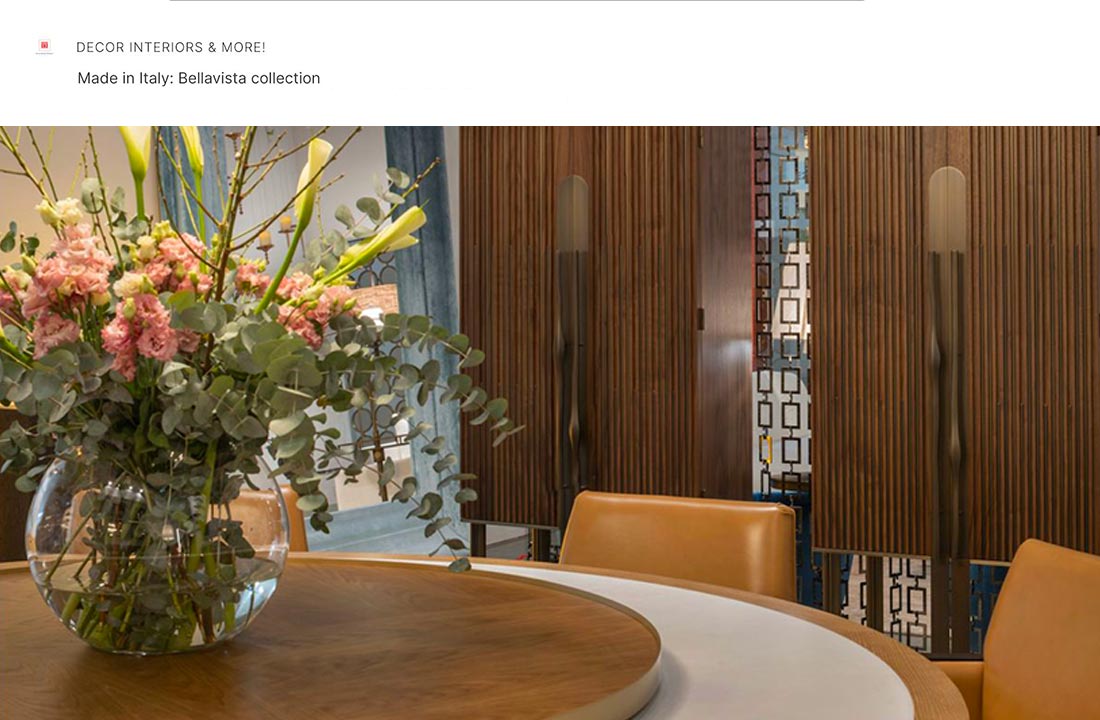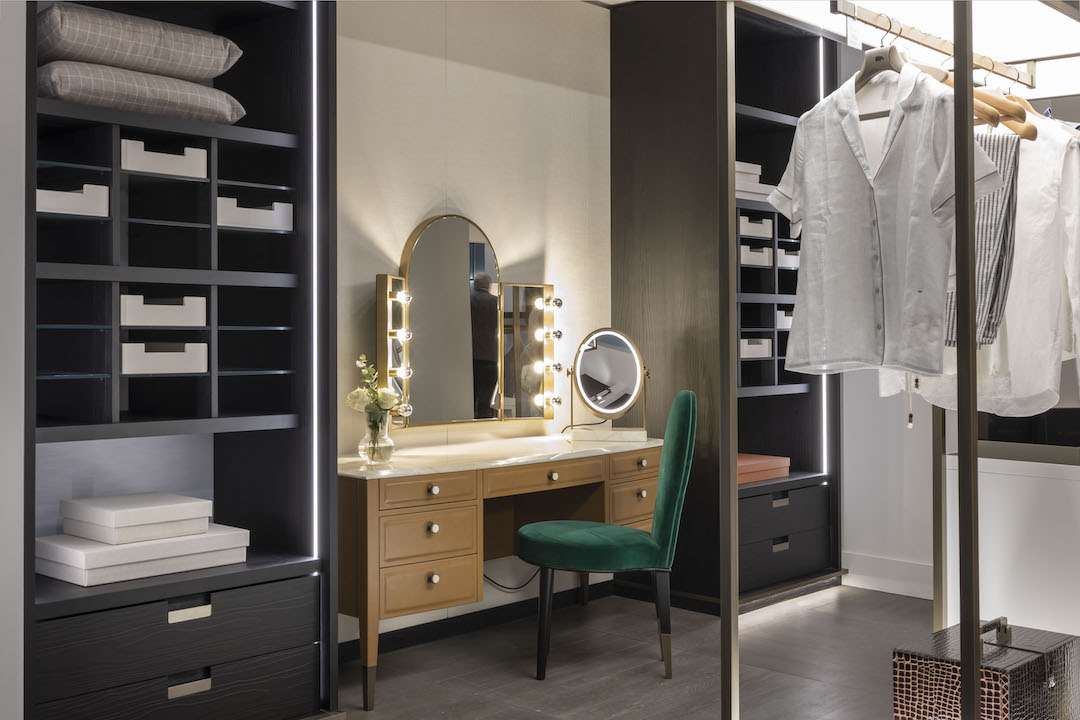Not by Wood Alone: Non-Wood Materials Used in Modern Furniture
When it comes to the materials furniture is made of, the very first one that comes to mind is wood. No wonder: wood has been used for making furniture since ancient times. This organic material is versatile indeed, what’s more, wood is a renewable resource, which is especially important nowadays. Besides, there are numerous really diverse kinds of woods available to furniture makers, from relatively common to exotic ones.
However, with the course of time a number of new materials were introduced into furniture making; modern designers use them together with wood or instead of wood to create furnishings, including high-end ones. For example, Italian luxury furniture is often made using materials other than wood – just browse the website of a reputable furniture producer like Bellavista Collection to see it for yourself.
It is XX century that has made all the difference. It’s not that cabinet makers didn’t use non-wood materials before. Bone, mother of pearl, horn, glass and other non-wood materials were widely used for decorating furniture, e.g. in inlay, not to mention textiles and leather for upholstery. However, the furniture itself remained mostly wooden – until the last century.
Glass, natural or artificial stone, mild steel and stainless steel, brass and aluminium, composites, as well as a great number of plastics – all these materials are now successfully used in furniture making not only as decorations but also as basic materials. There are popular items that contain no wooden parts at all – for example, upholstered or plastic chairs with an aluminium, chrome-plated or stainless-steel framework.
Certain metal alloys, plastics, and glass are widely used to make the furniture intended to be used outdoors or, say, high-humidity conditions.
Yet another reason why non-wood materials are so popular with furniture designers is their great workability. For example, some of such materials could be not only easily cut and sawn using industrial tools and machines, but also molded and pressed, which means that furniture details can be put into any shape a designer could think of. It enables designers to create really unordinary, one-of-a-kind items.
On the other hand, such items can be easily reproduced, i.e. these materials are suitable indeed for mass production of furniture.
Let’s take a quick look at a few materials that are most likely to be seen in modern furniture designs.
Glass: Stronger, Safer, More Practical
Glass is pretty commonly used in manufacture of furniture, both in large-scale production and for creating high-end items. However, the glass details used for furniture making is a far cry from glass plates we can see in window panes. Ordinary window-glass is never used in furniture making because it breaks relatively easily into large and sharp shards. It is a special kind of glass that is used for this purpose – say, to make table glass table tops and shelves.
This sort of glass is called safety glass; it is also known as toughened glass or tempered glass. This glass is much stronger than ordinary one, because it is up to five times harder to break it. If such a glass does break, it breaks into lots of smaller, less dangerous pieces. Due to temperature treatment, safety glass becomes heat-resistant; it could be also bent and curved, which makes it suitable for making designer furniture items.
Plastic: Plentiful and Diverse
Plastic is an artificial material is now used almost everywhere. The very first plastic was made from cellulose as long ago as in 1855. This flexible hard and transparent material was called Parkesine after its inventor Alexander Parkes.
More than a century passed, and now there are countless sorts of plastic consisting of various synthetic or semi-synthetic organic compounds. Properties of different types of plastic vary greatly, but there is one property they all share, which is plasticity. It makes various kinds of plastic a perfect material to make almost anything, from disposable bags to spaceships. Flexible and workable, water-resistant and lightweight, plastic is extremely popular with furniture designers. The unique combination of its physical characteristics makes plastic a perfect material for furniture for both indoor and outdoor use.
Natural and Engineered stone: Hard, Lasting, and Pleasant-Looking
Stone is by no means a new material in furniture making: in fact, just the opposite is true. The oldest artifacts archaeologists identified as pieces of furniture were made of stone – probably because they were only ones that didn’t perish after thousands of years. Polished natural stone is still a popular material for parts of furniture like table tops thanks to its natural beauty and extreme durability.
In contrast, engineered stone, a.k.a. agglomerated stone, is a relatively new composite material – it came into existence only about 30 years ago. Engineered stone usually is made of crushed stone (e.g. marble or quartz), which is bound together by special adhesive substance. This material is durable, hard, oil and dirt resistant, fireproof, and, compared with natural stone, rather lightweight. Other its favorable features include uniformity of plate thickness, absence of radiation, low cost, ease of manufacture and good workability. Engineered stone can be cast, its plates can be bent, which means more interesting options for designers. Artificial stone is used for making kitchen countertops and table tops, along with other things like windowsills, building columns, bathtubs and basins.
Metals: Strength and High-Tech Look
A number of metals and alloys are extensively used in furniture making, with stainless steel, and aluminium being the most popular. The basic advantage of metal furniture is its durability. Quality metal furniture items don’t need much care, they can last up to 30 years and even be left outside for the entire winter without any harm.
Designers realized aesthetic value of tubular steel and its suitability for furniture making in 1920s. In 1925-1926 a famous designer and architect Marcel created famous Wassily Chair, or Model B3 chair. And ever since, furniture designers appreciate steel as a material gives furniture designers lots of options to create strong, resilient and attractively-looking furniture, for both indoor and outdoor use.



